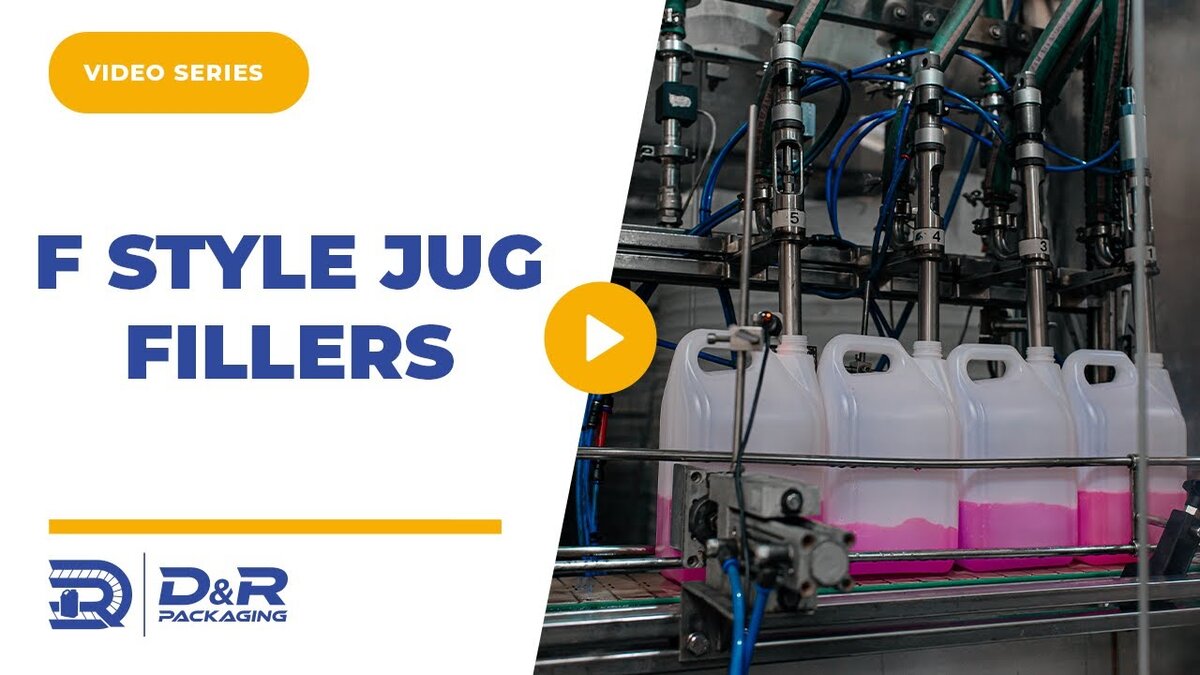Automatic labelers are essential for improving efficiency and productivity in the packaging industry. By automating the labeling process, businesses can streamline operations, reduce labor costs, and ensure consistent label application. This technology enables companies to handle larger volumes, reduce manual tasks, and prepare for future growth, making it a key investment for any packaging operation aiming to enhance performance. Let’s explore how an automatic labeler boosts productivity in packaging, significantly enhancing overall efficiency in packaging operations.
Why Labeling Matters in Packaging
Labeling is much more than just sticking a logo or product name onto a container. It’s a key component of any packaging process for several reasons:
- Compliance with Regulations: Various regulatory bodies require specific product information to be clearly displayed on packaging. This includes tracking, tracing, product lot numbers, date, ingredients, volume, and weight.
- Brand Representation: Your label is often the first thing a consumer interacts with. Consistent, professional-looking labels reflect well on your brand and increase its appeal on store shelves.
- Efficiency in Production: Manual labeling is not only time-consuming, but it also increases the chances of errors like misaligned or improperly adhered labels.
Without proper labeling, you’re risking regulatory non-compliance, inconsistent branding, and lower productivity, which is where automatic labeling steps in.
The Challenges of Manual Labeling
When businesses first start out, it’s common to manually or semi-automatically apply labels to their products. While this method may seem cost-effective for smaller production volumes, it quickly becomes inefficient and costly as demand increases.
Manually applying a label is tedious work. It requires:
- Unpeeling each label individually.
- Aligning it correctly on the container.
- Ensuring it adheres smoothly without air bubbles or wrinkles.
- Repeating this process for every single unit.
This level of detail is labor-intensive, and any missteps lead to wasted labels, inconsistent product presentation, and costly labor expenses. Many small-volume businesses find themselves caught in this cycle. Over time, this bottleneck on the production line can significantly hinder a company’s ability to scale efficiently.
How an Automatic Labeler Boosts Productivity
An automatic labeler is a game-changer in this scenario. Here’s how it can transform your packaging process:
1. Increased Speed
With an automatic inline labeler, what once took minutes can now be done in mere seconds. For example, where manual labeling might result in a rate of 10 to 20 containers per minute, an automatic labeler can easily reach 45 to 60 containers per minute. This dramatic increase in speed directly improves your overall production throughput, allowing you to keep up with growing demand without compromising on label quality.
2. Reduced Labor Costs
One of the biggest advantages of an automatic labeler is the reduction in manual labor required for labeling tasks. Employees can be reassigned to more value-adding activities, while the machine handles the repetitive labeling process. This shift not only reduces labor costs but also enhances overall operational efficiency. Over time, this makes the cost of the automatic labeler easy to justify.
3. Consistent Quality
When it comes to labels, consistency is key. Consumers expect uniformity when they pick up your product, and regulators demand accurate product information. Automatic labelers apply labels with precision, ensuring that each product looks exactly as it should. This leads to a more professional appearance on the shelf and minimizes the risk of mislabeling or rejected products.
4. Reduced Material Costs
In addition to saving time and labor, automatic labelers can help reduce the cost of labeling materials. Since these machines work with roll stock in larger quantities, businesses can purchase materials in bulk, lowering per-unit costs. This not only saves money but also reduces waste, as the machine can apply labels with far more accuracy than manual methods.
5. Future Scalability
Another benefit of automatic labelers is the room they offer for future growth. As your business scales and production volumes increase, an automatic labeler has the capacity to handle higher volumes without needing immediate upgrades. This scalability ensures that the equipment investment you make today will continue to serve your business for years to come.
Key Considerations for Implementing an Automatic Labeler
Before implementing an automatic labeler, there are several factors to consider to maximize its productivity benefits:
- Production Volume: If your current manual labeling process is slowing down your production line, it’s time to invest in automation.
- Type of Containers: Automatic labelers can handle various types of labeling, from wrap labels to front-and-back labels, making them versatile for different packaging needs.
- Cost Justification: The initial investment in an automatic labeler is relatively low compared to other automation equipment, and it quickly pays for itself through labor savings and increased production capacity.
In Summary
Investing in an automatic labeler is a highly effective way to boost productivity in your packaging line. By automating the labeling process, you can reduce labor costs, increase production speed, maintain consistent label quality, and lower material expenses. An automatic labeler boosts productivity in packaging and provides scalability as your business grows, making it a long-term solution rather than just a short-term fix.
If you’re ready to enhance your packaging efficiency, contact us today to explore the best automatic labeling solutions for your business.



